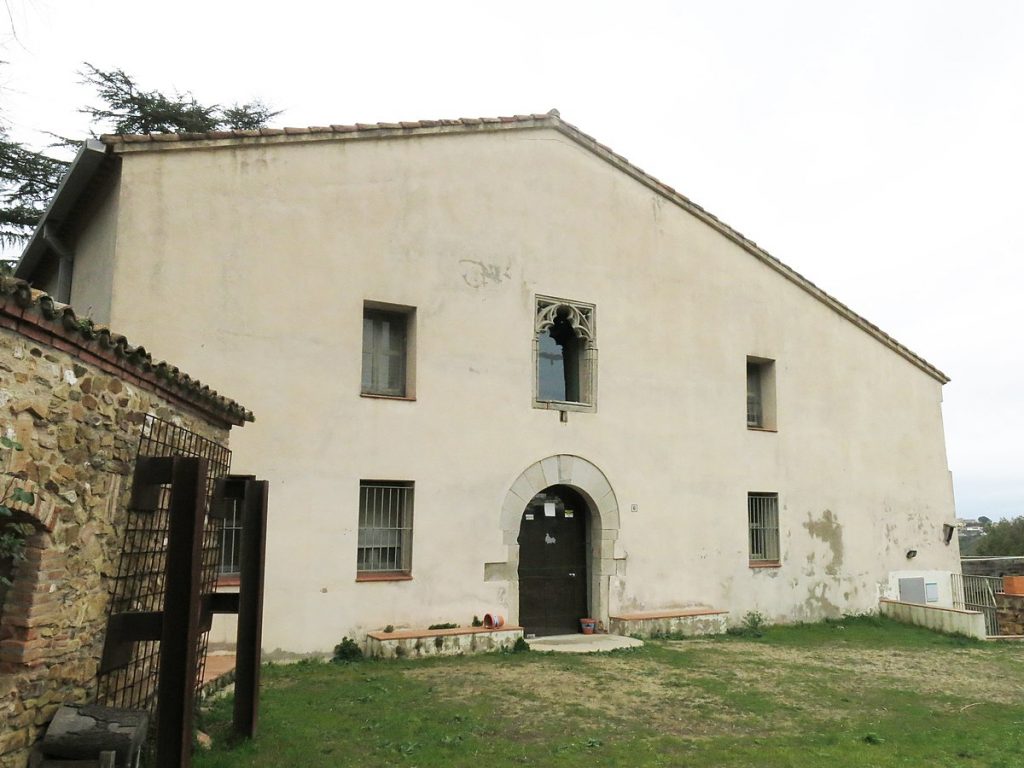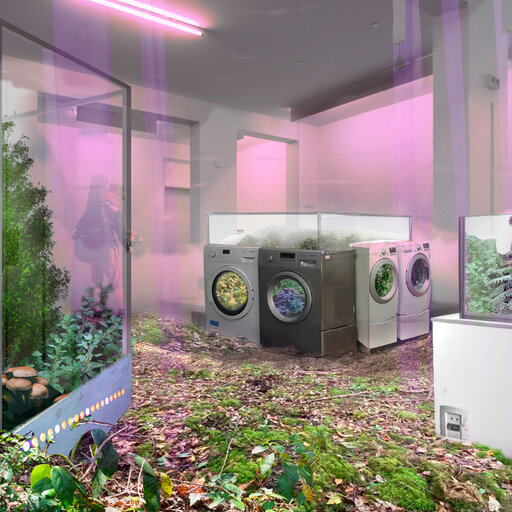La Escocesa and CREAF call again for the Ecotons artistic research projects
La Escocesa and CREAF open the second Ecotons call for research and artistic experimentation projects, which offers a space for experimentation, learning, cross-disciplinary and scientific-cultural research, applied to the study of the biosphere and the great environmental challengesof today, such as climate change, the loss biodiversity or the water management. Ecotons distinguishes individual or collective proposals to be developed throughout 2022.
Any person or group that meets the requirements of the rules can apply, regardless of age, geographical origin or specific professional background. The 1st phase for the reception of proposals is open until 15 April 2022 and has an endowment of € 5,000 gross, which can be increased to € 6,000 in the case of groups.
Ecotones are transition zones between different ecological communities, somewhat marginal places where different realities come into contact with each other, where tensions arise but also unexpected fertility.
The aim of this call is to support artistic research and experimentation projects, individual or collective, in accordance with the thematic axis Ecotons and with CREAF's lines of research and the values of La Escocesa. Research and experimentation projects are those which place the emphasis on the process rather than on the production of the work. For example, proposals that provoke dynamics of collective practice and critical thinking, imagine new methodologies from art or make trial and error tests.

All the information about the selection process, the requirements and the documentation to be provided can be found in the documents below.
Get to know Future Forest Diorama, the Ecotons residency of 2021
During 2021, within the same call, CREAF has counted on Carola Moujan and Agustín Ortiz Herrera as resident artists.
On 31 March at 6 pm. at La Escocesa Otros bosques, the result of the project selected by Ecotons in 2021, will be presented.
Carola Moujan and Agustín Ortiz Herrera's artistic research at CREAF has focused on their shared interest in plant communities and the possibility of speculating on possible transpositions of the sophisticated principles of communication, cooperation and interaction with the environment that plants develop in other areas. Both artists have sought to understand how these cooperative networks are organised, what parameters are involved in their constitution, development and evolution. They have taken as the basis of their study the forest ecosystem and, in particular, the forest of the Collserola Natural Park in Barcelona. This work has been a preamble and a basis for the development of Future Forest Diorama, a project to install a network of terrariums built inside discarded objects. Inside each terrarium, a homeostatic system regulates living conditions such as humidity, temperature and air quality. Like botanical communities, the terrariums are connected to each other and control the surrounding activity through simple machine-to-machine networks, interacting with participants through sounds, air movements and light modulations.








